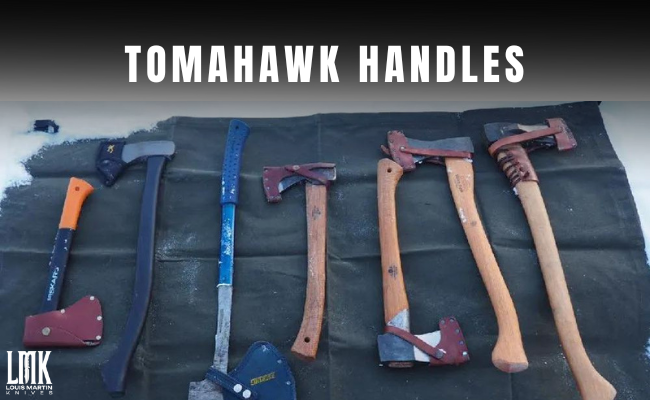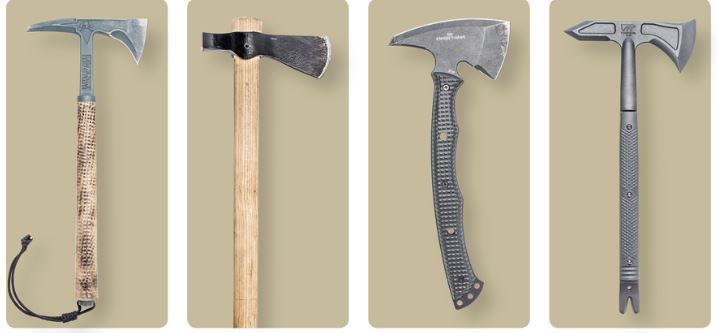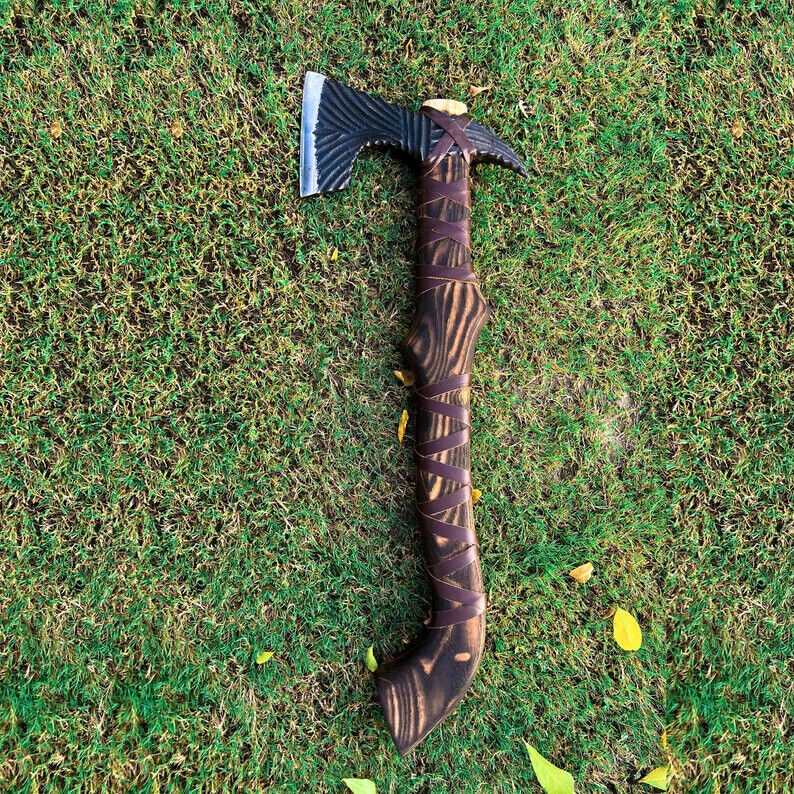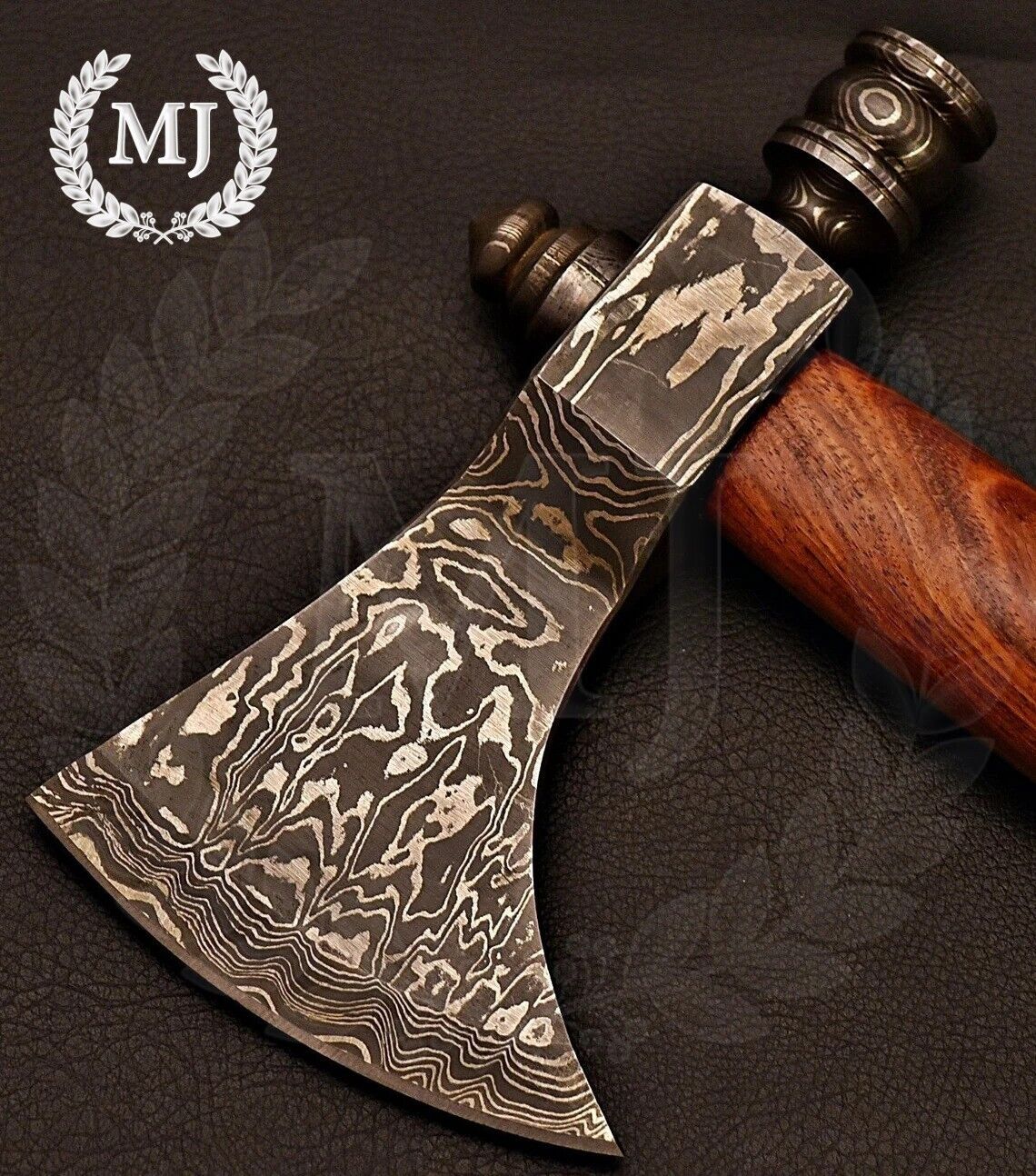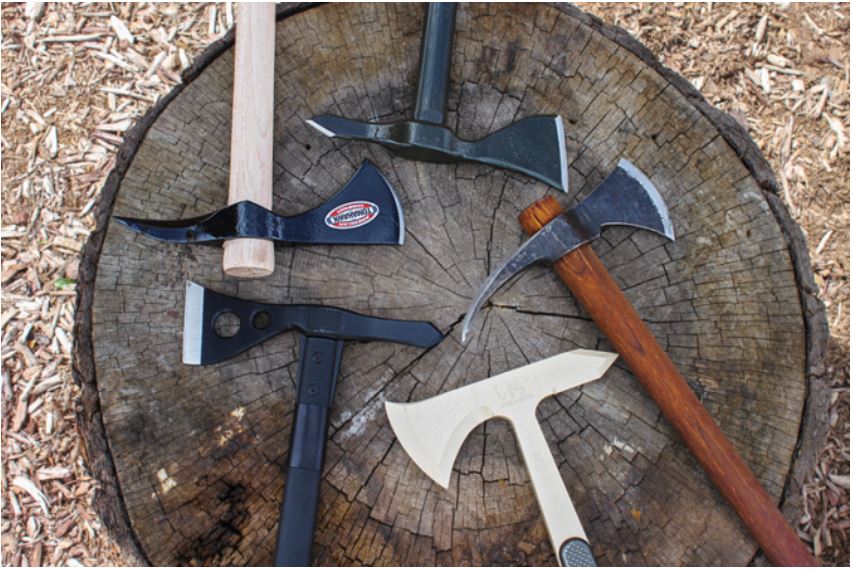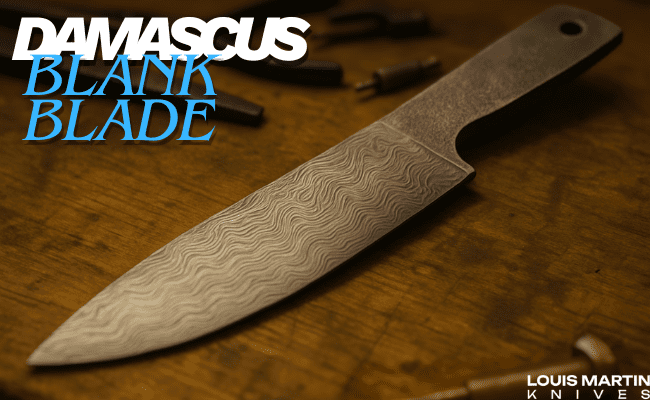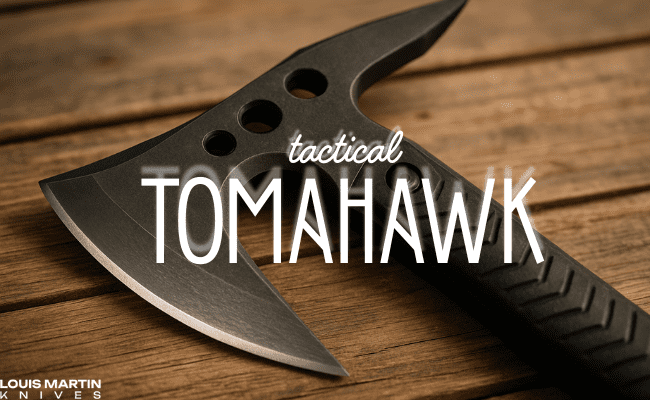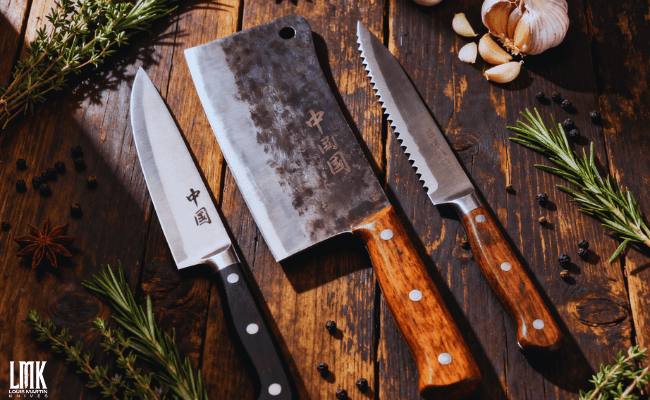Although they are frequently connected to their Native American origins, tomahawks have developed into contemporary tactical weapons that are employed for a variety of activities, such as camping, survival, and even military uses. Although the cutting and piercing power of a tactical tomahawk axe’s head usually attracts the most attention, the tool’s overall longevity and efficacy are greatly dependent on the handle. This essay explores the significance of choosing the proper material for a tactical tomahawk handle, taking grip, weight, and durability into account.
The tomahawk is an exceptional tool that is both useful and adaptable. However, the handling of a seemingly insignificant but vital component is what makes it so successful. Here is our in-depth guide to help you choose the ideal material for your Tomahawk handle. Handmade Knives is aware of how important this decision is, and we’re here to help you make the best option possible by providing you with knowledgeable guidance.
Different Handle Materials
Wood
Wood has been a traditional choice for tactical tomahawk handles due to its availability, natural feel, and aesthetic appeal.
Metal
Metal handles, including steel and titanium, offer unparalleled strength and durability, making them suitable for heavy-duty tasks.
Composite Materials
Composite materials, such as fiberglass-reinforced nylon or carbon fiber, combine the strength of metal with the lightweight properties of synthetic materials.
Synthetic Materials
Synthetic materials like rubber or polymer blends provide excellent grip and shock absorption, enhancing user comfort and control
Factors to Consider When Choosing a Material
Durability
Consider the intended use of the tomahawk and opt for a handle material that can withstand the demands of the task at hand without compromising on longevity.
Weight
Balancing the handle’s weight with the tactical tomahawks overall weight is crucial for achieving optimal performance and maneuverability.
Grip and Comfort
The handle material should offer a secure grip to prevent slippage during use, while also providing comfort for extended periods of wielding.
Maintenance Requirements
Evaluate the maintenance needs of different handle materials, as some may require periodic care or protection against corrosion and wear.
Cost
Factor in the cost of the handle material relative to your budget and the value it adds to performance and longevity.
Wood Handles
Pros
Tactical tomahawk axes with wood handles provide a classic appearance and a cozy, pleasant feel. Because of their low weight and good shock absorption, they improve user comfort over extended use. Furthermore, wood handles are easily customizable to suit personal tastes and design preferences. Passionate individuals who value the artistry and history connected to wooden handles favor them for their organic feel and classic style.
Cons
There are difficulties with wood tactical tomahawk axe handles, notwithstanding their historical allure. They are vulnerable to moisture damage, which, over time may cause warping and splintering. Furthermore, frequent upkeep is necessary for wood handles to maintain their integrity, such as sanding and sealing to stop degradation. Wood handles may also be less resilient to hard use and have a shorter lifespan than their synthetic or metal counterparts, which makes them less appropriate for harsh situations.
Metal Handles
Advantages of Metal Handles
Tactical Tomahawk steel axes with metal handles have unmatched strength and endurance, which makes them perfect for demanding jobs. Made from durable materials like titanium or steel, metal handles resist deterioration and are hard to use without breaking down. Users can feel confident in their equipment because of its sturdy build, which guarantees dependability in stressful circumstances. Furthermore, ergonomic designs that improve grip and control may be found in metal handles, which can improve handling overall during tactical operations. Professionals and fans alike like metal handles because of their exceptional durability and performance, as well as their resistance to harsh situations.
Composite and Synthetic Handles
Advantages
Tactical Tomahawk axes with composite or synthetic handles combine durability and technological innovation. These materials attain remarkable strength while being lightweight by combining components like carbon fiber or nylon reinforced with fiberglass. Because of this, handles made of composite and synthetic materials provide users with improved agility and less fatigue after extended usage. Long-term dependability in a variety of conditions is ensured by their resistance to impact, corrosion, and moisture. These handles frequently have textured surfaces or ergonomic shapes as well, which enhance grip and control and increase handling and precision in general. Composite and synthetic handle materials offer superior performance for tactical applications due to their innovative design features and materials.
Disadvantages
For the best tactical tomahawk, composite and synthetic handles have various drawbacks despite their amazing toughness and lightweight qualities. Their possible lack of visual appeal and natural feel in comparison to conventional wood handles is one of their drawbacks. Furthermore, some users can discover that synthetic or composite materials transmit more vibration and shock when in use, which eventually causes more hand fatigue. In addition, these handles could be more vulnerable to impact or extremely high temperatures than their metal equivalents. Even with their advanced features, some users may choose not to utilize composite or synthetic handles due to their affinity for natural materials and worries about their long-term endurance.
Conclusion
A tactical Tomahawk handle’s effectiveness, durability, and user experience can all be greatly impacted by the material choice made for it. People can make decisions that are well-suited to their requirements and tastes by taking into account variables including cost, weight, grip, durability, and maintenance requirements. Choosing the appropriate handle material will guarantee that your tactical Tomahawk axe is a dependable and efficient instrument for many years to come, regardless of whether you choose the classic charm of wood, the tough sturdiness of metal, or the cutting-edge qualities of composite and synthetic materials.
FAQs
Q: Can I use the same material for my tomahawk handle as I would for an axe or knife?
A: While similar materials such as wood, metal, and synthetic compounds are used in crafting handles for axes, knives, and tactical tomahawk axes, the specific requirements for each tool may differ. Factors like weight distribution, grip comfort, and durability under stress vary between tools, necessitating careful consideration of material choice based on the intended use and user preferences.
Q: How do I determine the ideal handle material technique for my tactical tomahawk axe?
A: The tactical tomahawk is the primary technique you’ll undertake with your tactical tomahawk axe, as well as your personal preferences. If durability and strength are paramount, metal handles offer unmatched resilience. For those who prioritize comfort and aesthetics, wood handles provide a classic appeal. Alternatively, composite and synthetic handles offer a balance of durability, lightweight design, and ergonomic features.
Q: Are there any special maintenance requirements for different handling materials?
A: Yes, maintenance needs vary depending on the handle material. Wood handles may require periodic sanding and sealing to prevent moisture damage and maintain integrity. Metal handles may benefit from rust prevention treatments to prolong their lifespan. Synthetic and composite handles generally require minimal maintenance but may benefit from occasional cleaning to remove dirt and debris. Regular inspection for wear and tear is recommended for all handle materials to ensure optimal performance and longevity.
